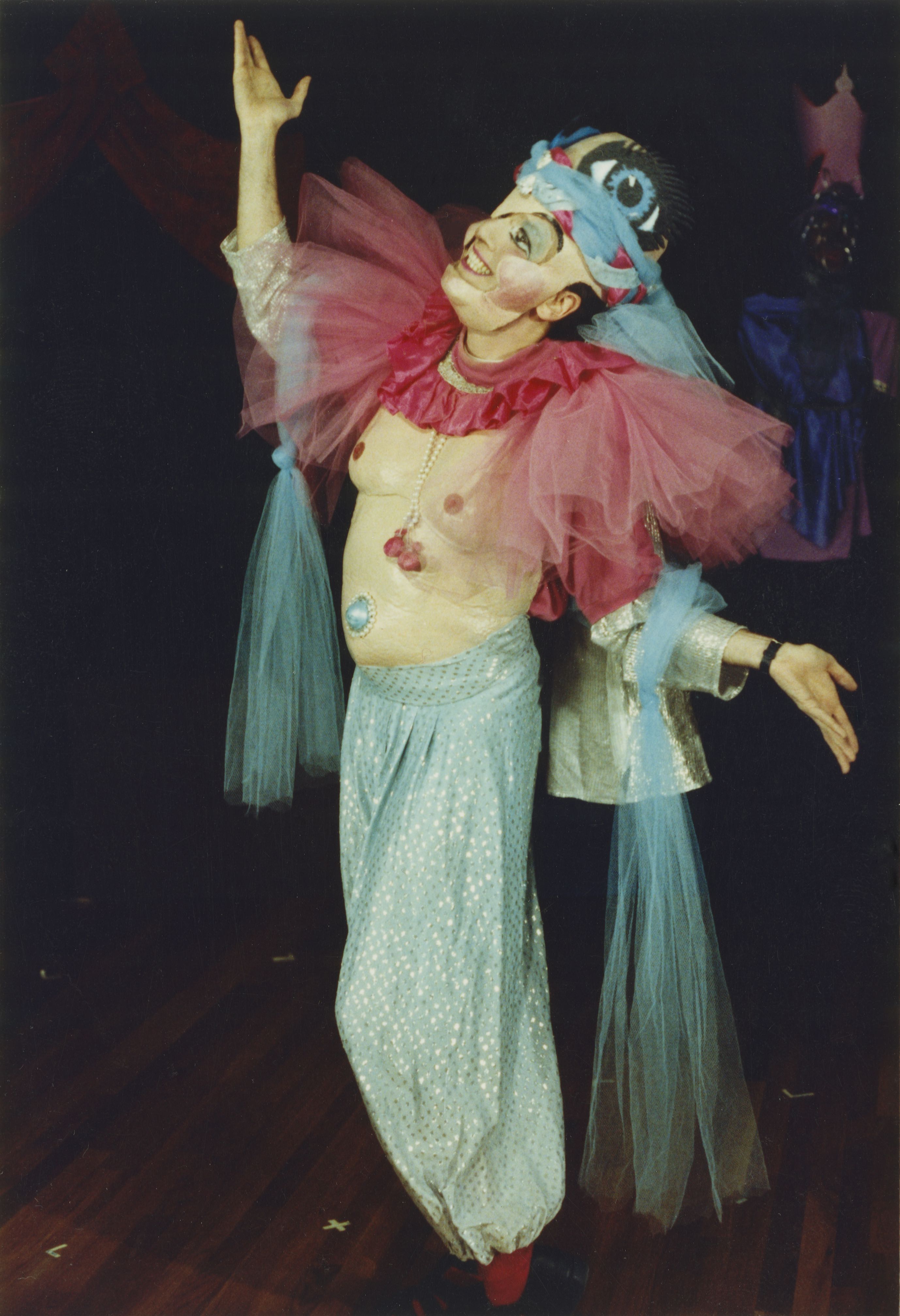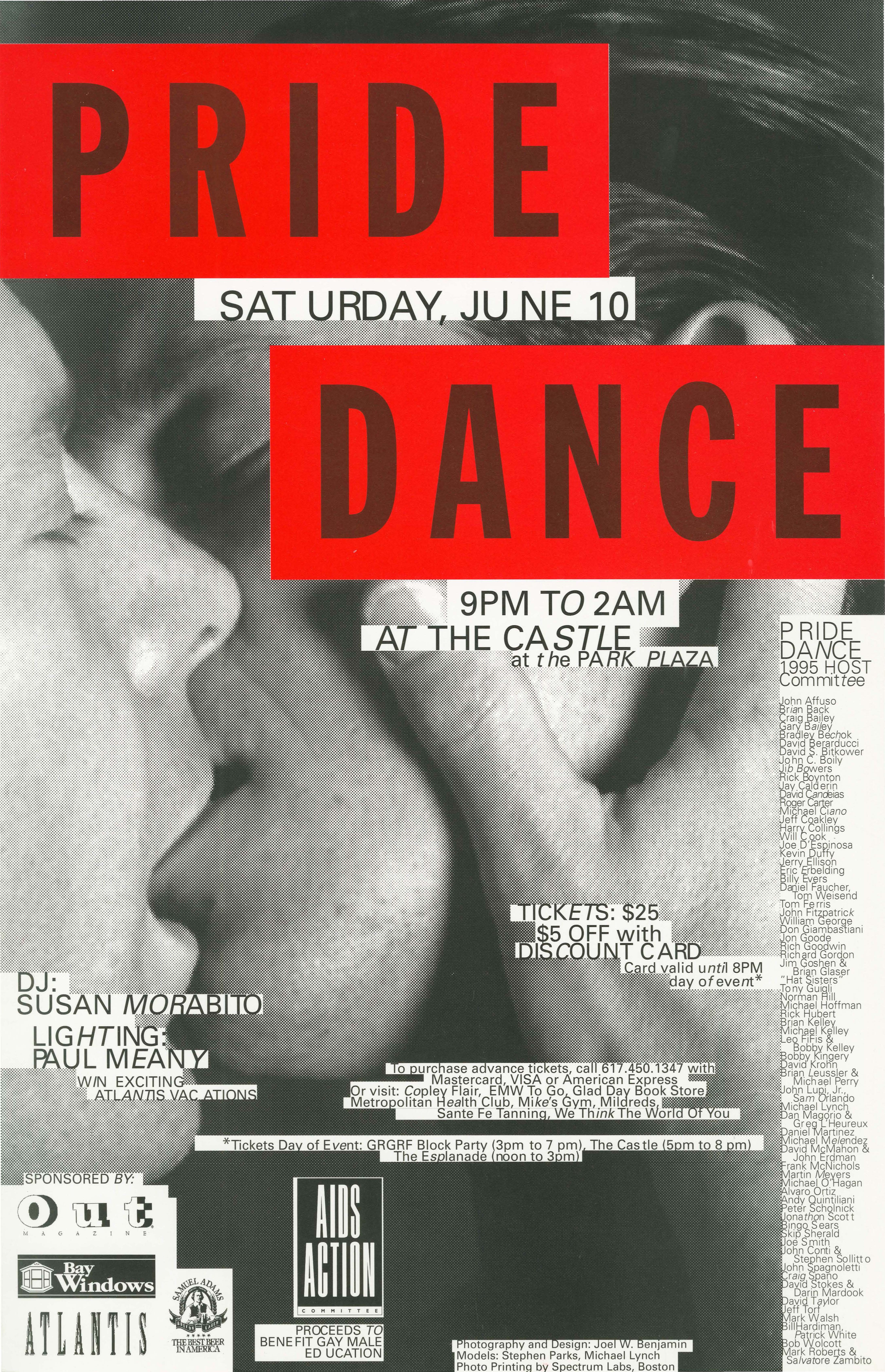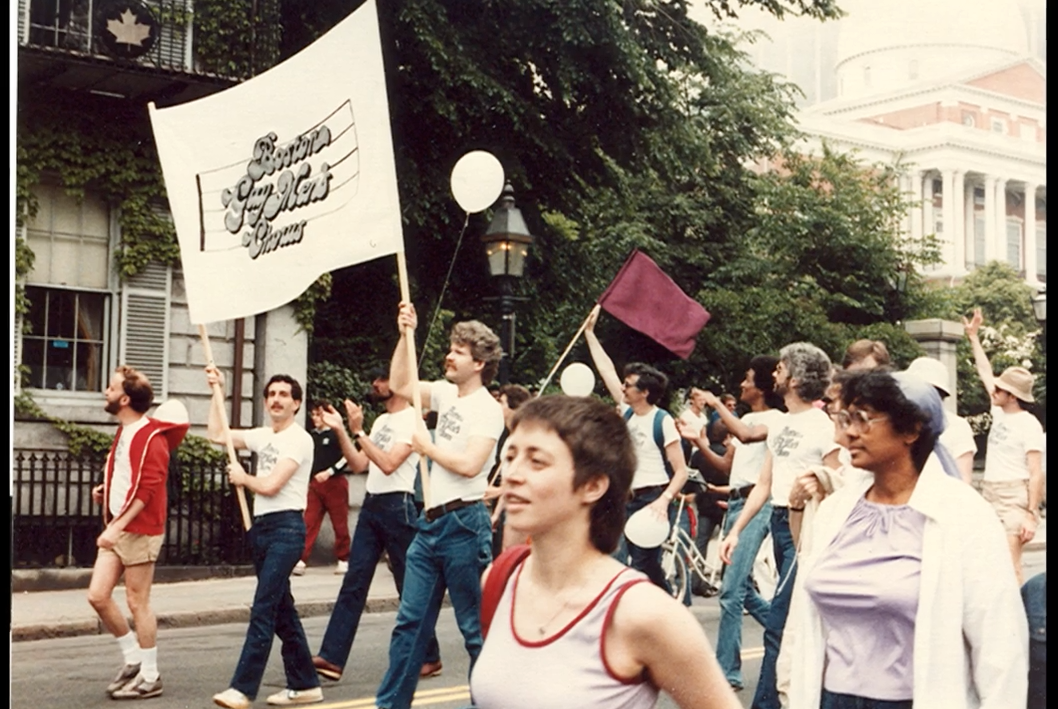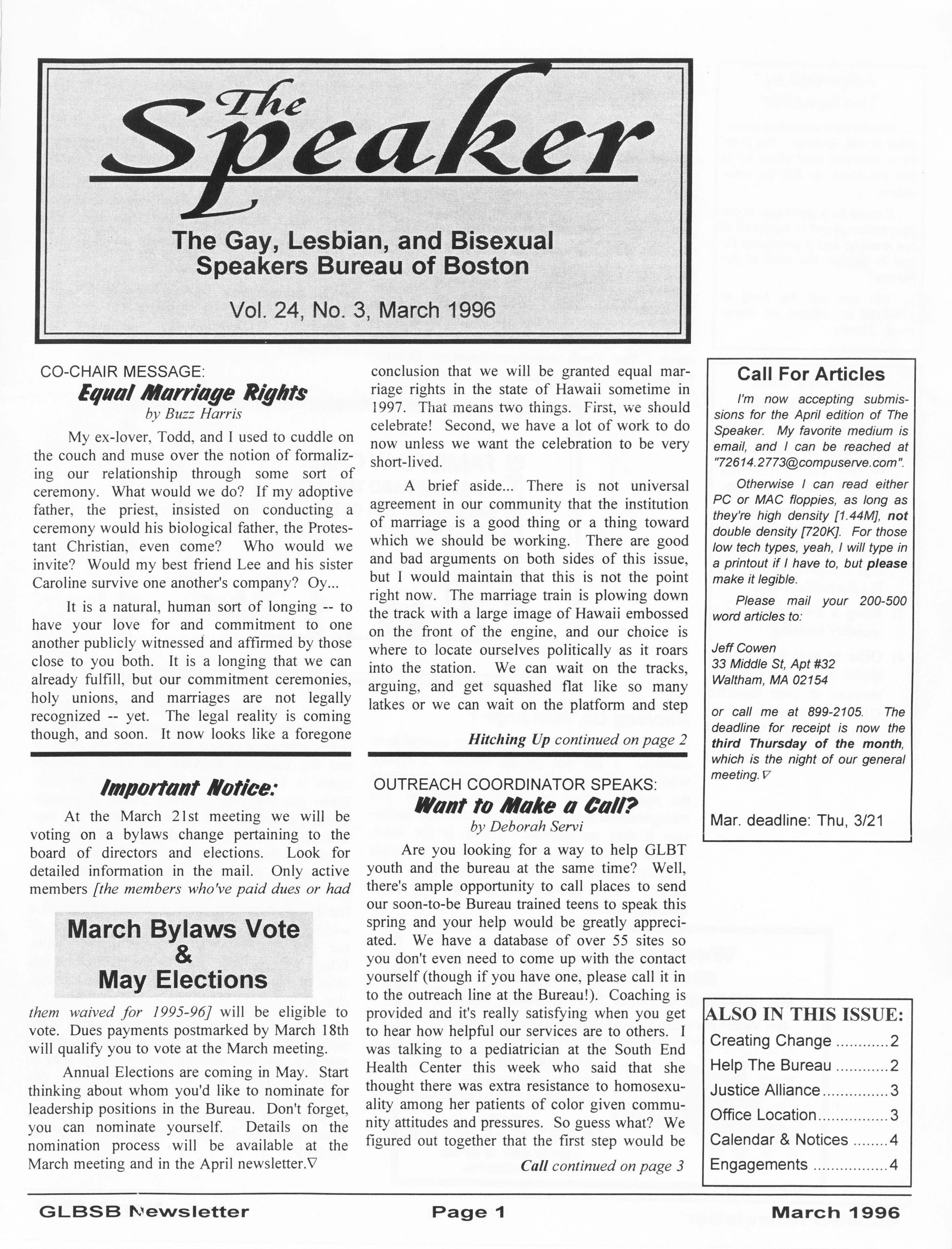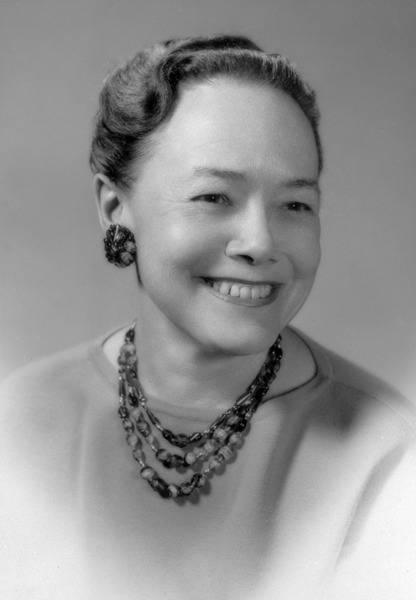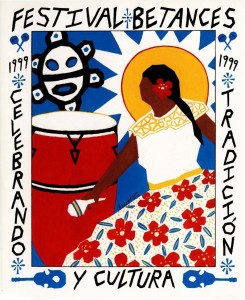The DSG is proud to announce the projects chosen for this year’s round of CERES Exhibit Toolkit development. We will work with the following four projects to implement enhancements and new features to improve user experience, create additional exhibit tools, and incorporate the Toolkit in the classroom:
Boston as Middle Passage
In 2015, students and researchers working with the National Parks Service built a website to preserve research documenting Boston as one of many transatlantic slave trade Middle Passage sites. Sadly, in less than two years the site has become unusable due to server issues and lapsed hosting. This year we will work with the creators of the site to transfer the rescued research materials to the DRS and recreate the original exhibits in the Early Black Boston Digital Almanac (a 2016 Toolkit project still in development).
Dragon Prayer Book
The Dragon Prayer Book project is a research endeavor led by Erika Boeckeler, faculty in the Department of English, to study the Dominican Prayer Book, a fifteenth century manuscript held by Archives and Special Collections. The Dragon Prayer Book project was accepted as a Toolkit project in 2016, and this year we will work with the project team to enhance the Toolkit’s
IIIF high-resolution image viewer:
http://dragonprayerbook.northeastern.edu/mirador/
Freedom House
As part of their ongoing effort to highlight archival collections using online exhibits, last year Archives and Special Collections used the Toolkit to create and set of exhibits for the Freedom House photograph collection:
http://freedomhouse.library.northeastern.edu/. This year, Archives proposed a new browse feature that would allow them to build dynamic exhibits that could bring together all Freedom House materials that match a particular subject term, like “Kennedy, John F.”. This enhancement will allow Archives and other Toolkit site builders to create dynamic exhibits that automatically populate with DRS materials matching particular subjects, creators, or other faceted metadata values.
Literature and Digital Diversity
This fall, Elizabeth Dillon and Sarah Connell will be co-teaching Literature and Digital Diversity, an undergraduate course focusing on “the use of digital methods to analyze and archive literary texts, with particular attention to issues of diversity and inclusion”. Students in the class will use the Toolkit to explore “how computers, databases, and analytical tools give substance to concepts of aesthetic, cultural, and intellectual value as inflected by race and gender.” This project will be the first to use the CERES classroom teaching materials originally developed for Nicole Aljoe’s award-winning Writing Black Boston class, which used the Toolkit to create the Early Black Boston Digital Almanac (still in development). To increase the breadth of materials available to the class (and other site builders), we will also consider adding
Europeana as an additional data source for Toolkit materials (similar to the DPLA connection built in 2016).
We also continue work with our partners on the 2015 and 2016 projects:
For more information about these projects, visit the DSG website (about
the projects, about
CERES) or
contact us.
